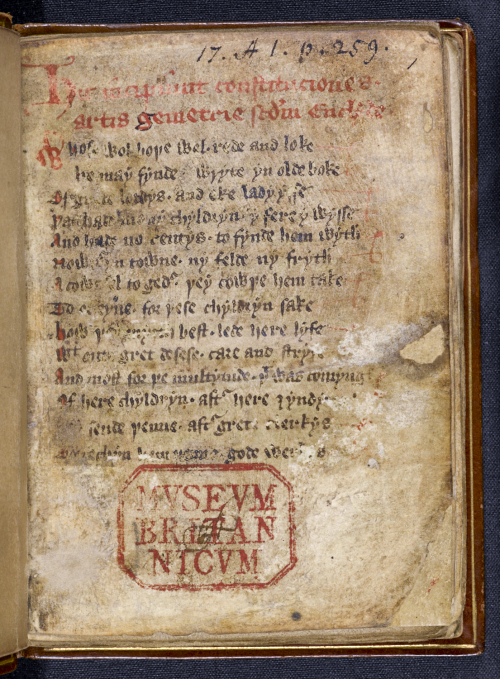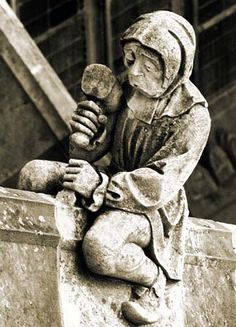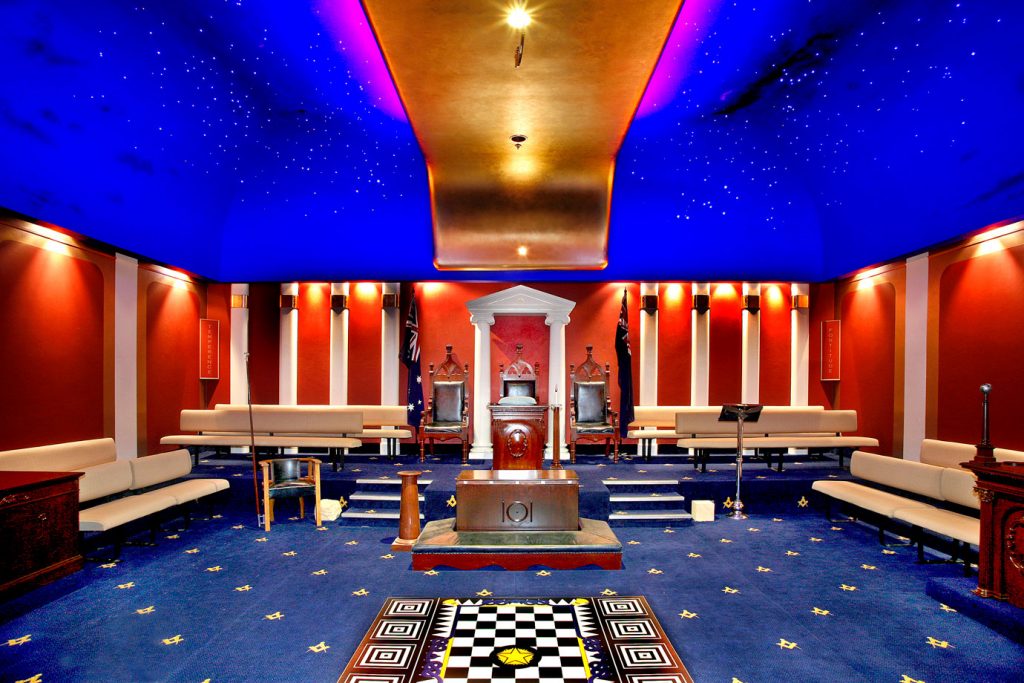What is
freemasonry
Freemasonry stands as a beacon lighting the way to a better way of life, about a man and his destiny, about work and its civilising influence, about unity, and responsibility. By its teachings, man’s character is developed and he learns that every man is his Brother’s Keeper. In Freemasonry, the individual is a sacrosanct and in no way may his life be expendable or his welfare compromised in the interests of expediency.The Spirit of masonry has inspired men in all ages in their struggle against forces of evil. Freemasonry seeks the attainment of one of its aims, the Brotherhood of Man, by breaking down the barriers of intolerance, hatred, prejudice and self-interest, be the application of Masonic ideals and the practices, the application in daily life of Brotherly Love, Relief and Truth. This spirit, its high ideals and its worthy purpose are the inheritance of all Masons. It bestows on each and every one a link with the past and a sense of continuity. All Masons participate in this continuing process of preserving and improving civilisation.
RW Bro Maurice H. Kellerman, OBE
History of Freemasonry
No one knows just how old freemasonry is because the actual origins have been lost in time. It has been linked to the guilds of stone masons who built the castles and cathedrals of the Middle Ages. As well as being linked to the Knights Templar, a group of Christian warrior monks formed in 1118 to help protect pilgrims making trips to the Holy Land.

A page from the Regius Manuscript
A poem known as the “Regius Manuscript” has been dated to approximately 1390 and is the oldest known Masonic text. The poem begins with a history of the “Craft” of Masonry, describing Euclid as the inventor of geometry and then tracing the spread of the art of geometry through “divers lands”, ending up in England.
In 1717, Freemasonry members from four independent lodges created a formal organization in England when the first Grand Lodge was formed. A Grand Lodge is the administrative body in charge of Freemasonry in a geographical area, which is then divided up into local lodges for each area. All 15,000 masons and lodges in New South Wales and the Australian Capital Territory fall under the United Grand Lodge located on Castlereagh Street Sydney, which was officially form in 1888.
Lodge Meetings
A Lodge must hold regular meetings at a fixed place and published dates with most meeting once a month. It will elect, initiate and promote its members and officers; it will build up and manage its property and assets, including its minutes and records; and it may own, occupy or share its premises. Like any organisation, it will have formal business to manage its meetings and proceedings, annual general meetings and committees, charity funds, correspondence and reports, membership and subscriptions, accounts and tax returns, special events and catering, and so forth. The balance of activities is individual to each Lodge, and under their common constitutions and forms of procedure, Lodges evolve very distinctive traditions.
Most Lodges consist of Freemasons living or working within a given town or neighbourhood. Other Lodges are composed of Masons with a particular shared interest, profession or background. Shared schools,universities, military units, Masonic appointments or degrees, arts, professions and hobbies have all been the qualifications for such Lodges. In some Lodges, the foundation and name may now be only of historic interest, as over time the membership evolves beyond that envisaged by its “founding brethren”; in others, the membership remains exclusive.
Freemasons correctly meet as a Lodge, not in a Lodge, the word “Lodge” referring more to the people assembled than the place of assembly. However, in common usage, Masonic premises are often referred to as “Lodges”. Masonic buildings in the past have been called “Temples” (“of Philosophy and the Arts”). In many countries, Masonic Centre or Hall has replaced Temple. Several different Lodges, as well as other Masonic or non-Masonic organisations, often use the same premises at different times.
According to Masonic tradition, medieval European stonemasons would meet, eat, and shelter outside working hours in a Lodge on the southern side of a building site, where the sun warms the stones during the day. The social Festive Board (or Social Board) part of the meeting is thus sometimes called the South. Early Lodges often met in a tavern or any other convenient fixed place with a private room.
Freemasons and Charity
Although Masonic ritual varies between jurisdictions, a consistent message conveyed to every candidate is that charity is an essential part of Freemasonry.
Charity comes in many forms, both large and small and as such no site could completely list all of the charitable work done by Freemasons around the world. But some of the larger charitable works done by freemasons in NSW and the ACT are in the care of young people, orphans, the sick, the aged, and those affected by natural disaster.
Masonicare is the charities arm of the United Grand Lodge of NSW & ACT. Through a range of different services Masonicare is able to make a difference in all communities whilst spreading the good name of Freemasonry.
Freemasons on the Central Coast, although a separate organisation, are the charity arm of District 21 (the Central Coast). We apply the same masonic principles but are focussed on our local community.
Masonic Rituals and Symbolism
Freemasonry makes symbolic use of various practices and implements of those guilds from the Middle Ages.

A medieval stone mason
The craftsmen of yesteryear adopted a series of exclusive signs and words to be able to demonstrate that they were trained masons, and to enable easy identification as they moved from site to site.
In that same way, the Masons of today use a series of signs and words to indicate their progress through the various stages of Freemasonry.
Stonemasons from centuries ago wore leather aprons to carry their working implements and to protect themselves from flying chips of stone.
Modern Masons wear an embroidered lambskin apron to distinguish rank. As the Mason’s proficiency increases, the design of his apron becomes more ornate.
Those skilled workers in times gone by used the square to test the accuracy of their stonework – to prove that it was square with the other sides and that angles were identical.
They also used compasses to mark out the ground from the scaled plans of their intended building.
Freemasonry uses the square and compasses to remind members of basic guidelines for their dealings with other men.
The square symbolises integrity, truthfulness, and honour, while the compasses symbolise the importance of self-control, or keeping emotion and prejudice within bounds.
More information
For information on becoming a Freemason on the Central Coast you can contact the District Grand Inspector of Workings (DGIW) at d21dgiw@aapt.net.au.
For information on Freemasonry in NSW and ACT, visit the website of the Grand Lodge of New South Wales and Australian Capital Territory.



